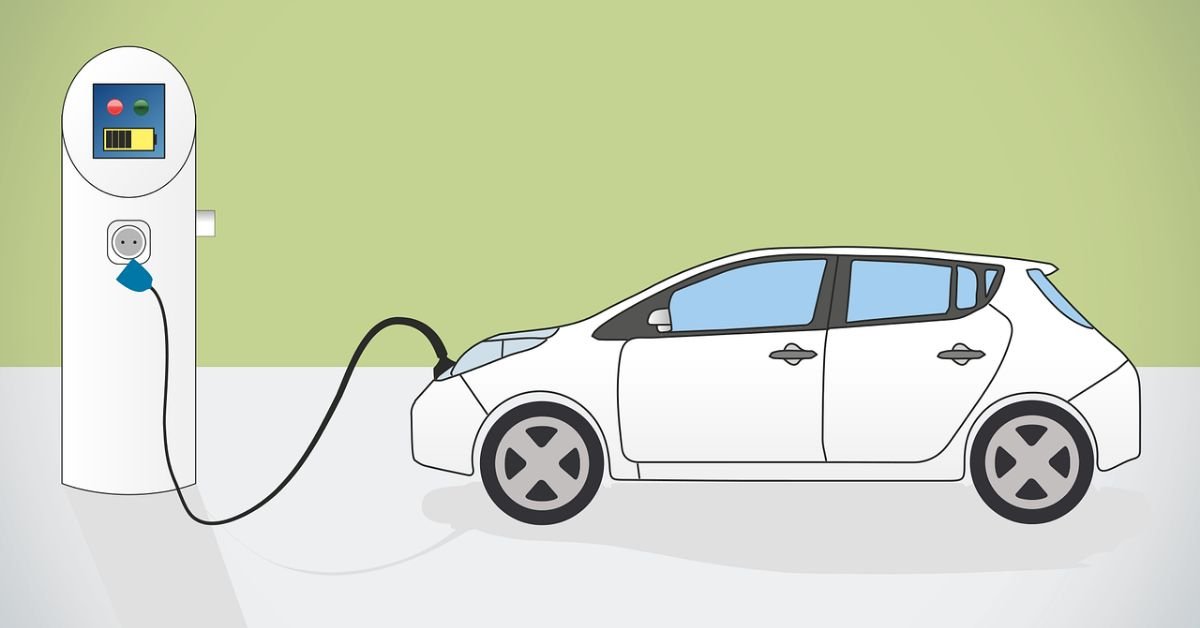The following content is sponsored by Talon Metals and Li-Cycle

Imagine America’s Electric Vehicle Future
Table of Contents

The U.S. is accelerating its shift to electric vehicles (EV) in order to tackle the effects of climate change. But, finding the necessary minerals and metals needed for EV batteries is a major challenge.
In this infographic created by Talon Metals and Li-Cycle, we look into the US’s plan to ensure batteries, vehicles, and key parts are produced within the United States.
Then, we consider the ways this strategy can be supported by mining in the United States and recycling batteries.
The All-Electric America
Automobiles that run on gasoline are among the most significant contributors to carbon emissions that are causing the climate crisis. This is why there is a need for reducing the number of carbon emissions. Biden Administration set up a goal for EVs to comprise 50 percent of all brand new vehicles sold within the U.S. by 2030. At present, less than one percent of America’s 250 million cars are electric.
Then, in November of 2021, Congress approved The Bipartisan Infrastructure Deal that includes:
- Replacing the 650,000 vehicles in the government’s motor pool with electric vehicles.
- Electricity is being used to power 20% of the nation’s 500,000 schools buses.
- The company is investing $7.5 billion to develop a network of 500,000 electrical car chargers across the United States.
It also has widespread support. According to a survey 55 percent of voters across the U.S. support requiring all new vehicles that are sold in their states to be electric by 2030.
But, the rising EV sales are driving demand for battery metals, such as lithium, nickel, and copper, and could create an influx of these crucial raw components. Does this mean that the U.S. has the raw materials required to meet the growing demand?
Presently in the present, it is currently the U.S. is import-dependent with major areas in the battery’s supply chain being sourced by China. In the same way, many of the important metals required used in EVs are currently taken from countries with low standards of labor and large carbon dioxide 2. footprints.
Nickel within the Land of Opportunity
A 100-day examination of supply chains that are critical suggested that the government prioritize investing in nickel processing capabilities.
Today, the sole operational nickel mine located in the U.S., the Eagle Mine located in Michigan is shipping its concentrates to other countries to refine and is set to shut in 2025.
To meet the shortage of supply, Talon Metals is developing the Tamarack Nickel Project in Minnesota The only high-grade development-stage nickel mine within the nation. Tesla has entered into an agreement to buy 75,000 metric tons of nickel concentrate from Tamarack.
Since the design and building of an underground mine may take a long time Recycling is considered to be an important source of raw material to make EVs.
The role of batteries Recycling
Recycling batteries could provide 30 percent of nickel and 80percent of cobalt consumption in electric vehicles by the end of the decade.
2030 by the U.S. alone is projected to contain greater than 21,88,000 tonnes of battery manufacturing scrap, including EV batteries production waste and 31,33,000 tonnes of used EV batteries annually, which presents an enormous opportunity to recycle. At present, Li-Cycle, a leading recycling facility for lithium-ion batteries within North America, can process up to 10,000 tonnes of battery material each year. This capacity is expected to reach 30 tonnes before the end of 2024.
A bipartisan $1.2 trillion construction bill includes $6 billion in the budget for building battery production capacity across the United States.
Li-Cycle is also home to a hydrometallurgy refinement center that is in the process of being built located in Rochester, New York, which will convert 225,000 batteries from electric vehicles annually into battery-grade lithium, nickel and cobalt once it becomes operational in 2024.
America’s Electric Vehicle Future
The future of the automotive industry “is electrical, and there’s no turning back,” according to Vice President Biden. It is expected that sales of electric vehicles across the U.S. will grow from approximately 500,000 vehicles by 2021 and reach four million by 2030.
With increasing support from the government and the increasing number of consumers who are embracing electric vehicles and electric vehicles, ensuring the supply of the essential materials needed to support an EV revolution will be the top priority for the nation.
Read more:
